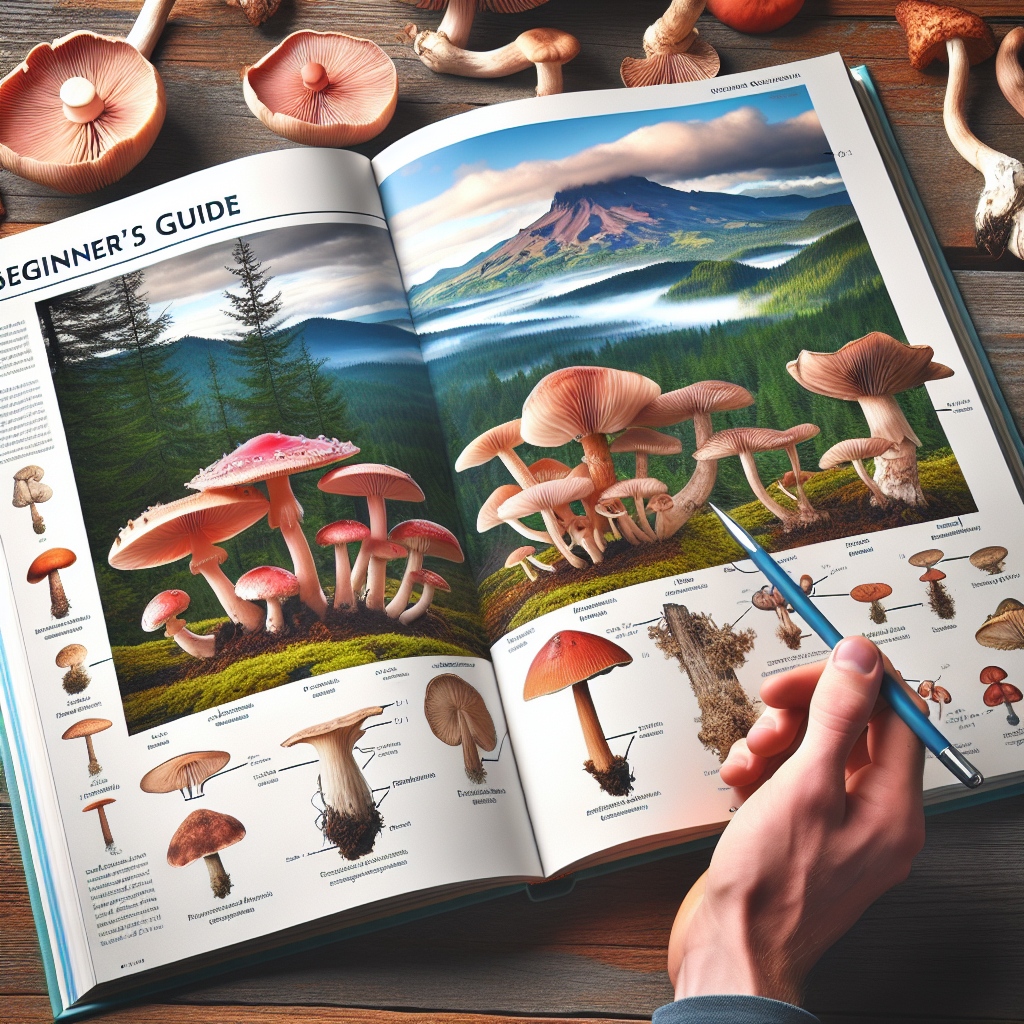Title: A Beginner’s Guide to Mushroom Identification in Oregon
Living in Beautiful Oregon
Oregon, that Pacific Northwest gem, is blessed with an abundance of natural beauty and diverse landscapes that provide a bounty of wild edibles. Our incredible landscapes – from coastal rainforests, to Cascade Mountain valleys, to high desert plateaus – offer a unique mushroom hunting experience for amateurs and enthusiasts alike. Wondering about where to begin? No worries, this guide will help you get started.
Start with the Basics
Before heading out, it’s important to learn about some of Oregon’s most common mushroom species. Morels, chanterelles, porcini, and the elusive matsutake are found all from Steens Mountain in Eastern Oregon to Siuslaw National Forest along the coast. Each has distinct characteristics and grows at certain times of year, so keep a handy mushroom identification field guide on hand during hunts.
High Humidity Means Happy Foraging
Timing plays a significant role in finding the right mushrooms. Oregon’s rainy season, from late fall to early spring, is an excellent time for mushroom hunting. Areas around Tillamook and the Willamette Valley’s mixed woodlands get plenty of moisture, creating ideal conditions for fungi.
More Than the Eye Can See

Mushroom identification is more than just visual inspection. Texture, smell, and even the color changes when cut, can reveal much about a mushroom’s identity. Chanterelles, for example, have a fruity aroma, while poisonous look-alikes have a more earthy scent.
Foraging Ethics and Local Regulations
Oregonians are blessed with an extensive network of public lands for foraging. However, remember to follow Leave No Trace principles to maintain the ecosystem’s health. Always cut or pinch off mushrooms at the base, leaving the mycelium undisturbed for future growth.
Some places, like Crater Lake National Park, prohibit foraging. In contrast, places like Mt. Hood National Forest require permits, so always check local regulations to ensure you’re foraging responsibly.
The Common and Edible
1. Morels: These are easily identifiable by their honeycomb caps. Morels are delectable and can be found in burnt or disturbed woodland areas typically in spring.
2. Chanterelles: Oregon’s state mushroom. They have a bright golden color and a central stem that widens to an uneven, wave-like cap.
3. King Boletes (Porcini): Porcini mushrooms come with a brown cap and a thick, bluish stem. They often make an appearance in conifer forests from late summer to early fall.
The Uncommon and Poisonous
1. Death Caps (Amanita phalloides): They are typically white with a cap that may be pale yellow or green. Eating just half can be lethal.
2. Destroying Angels (Amanita virosa): These white mushrooms are incredibly toxic. Remember, “if all white, take flight”.
3. Deadly Galerinas (Galerina marginata): They closely resemble honey mushrooms but are highly toxic — another reminder that proper identification is critical to your safety.
Learn from the Local Masters
There’s a community of experienced mushroom hunters here in Oregon. Consider joining a foray organized by groups like the Oregon Mycological Society or Cascade Mycological Society. It’s a perfect opportunity to learn from seasoned foragers.
Savor and Respect the Oregon Way
Foraging wild edibles in Oregon isn’t just about finding free food. It’s about deepening the relationship with our land and appreciating Oregon’s natural wealth. So enjoy the hunt, savor your finds (after you’ve gotten your identification confirmed, of course), and remember to respect every living thing you encounter in our great outdoors.
Welcome to Oregon’s wild side. Happy hunting and foraging! You’ll realize soon enough there is so much left to learn and explore in our lush Pacific Northwest paradise.
